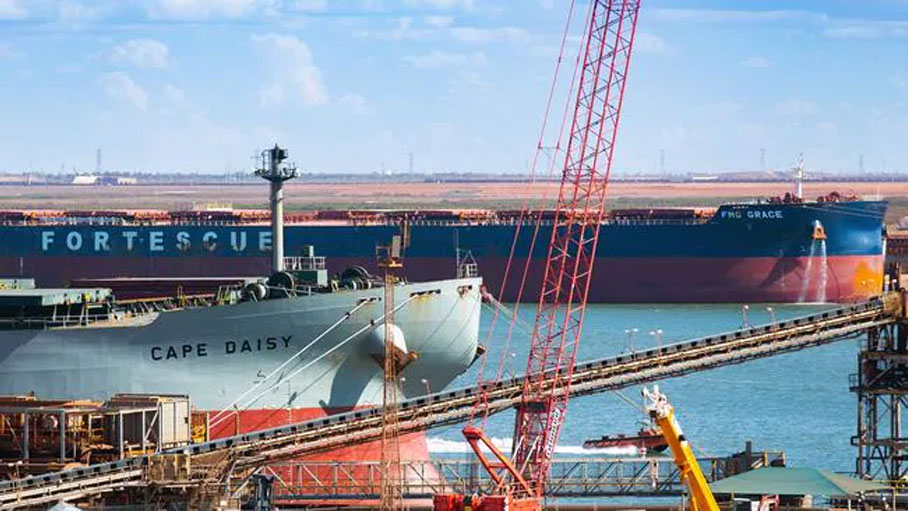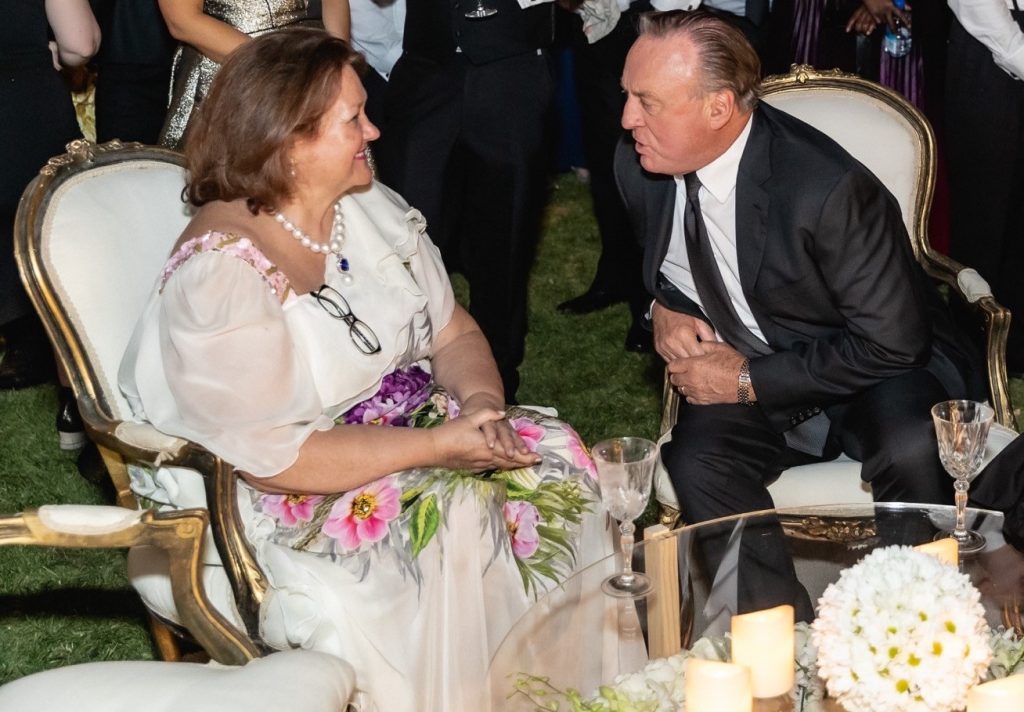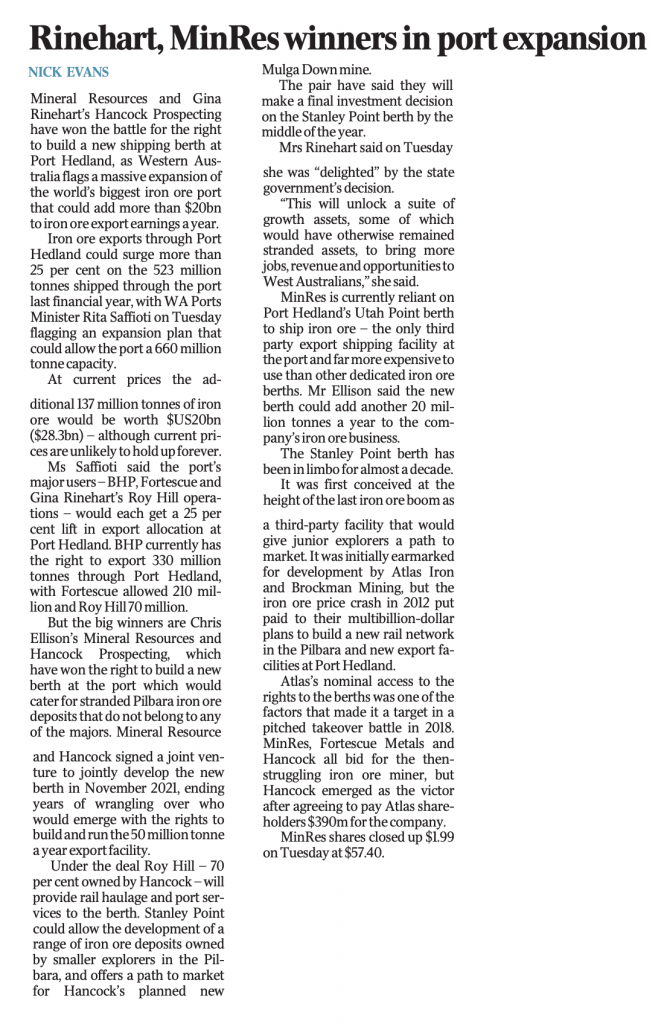

But the big winners are Chris Ellison’s Mineral Resources and Hancock Prospecting, which have won the right to build a new berth at the port which would cater for stranded Pilbara iron ore deposits that do not belong to any of the majors.
Mineral Resource and Hancock signed a joint venture to jointly develop the new berth in November 2021, ending years of wrangling over who would emerge with the rights to build and run the 50 million tonne a year export facility.
Under the deal Roy Hill – 70 per cent owned by Hancock – will provide rail haulage and port services to the berth. Stanley Point could allow the development of a range of iron ore deposits owned by smaller explorers in the Pilbara, and offers a path to market for Hancock’s planned new Mulga Down mine.
The pair have said they will make a final investment decision on the Stanley Point berth by the middle of the year.
Mrs Rinehart said on Tuesday she was “delighted” by the state government’s decision.
“This will unlock a suite of growth assets, some of which would have otherwise remained stranded assets, to bring more jobs, revenue and opportunities to West Australians,” she said.
MinRes is currently reliant on Port Hedland’s Utah Point berth to ship iron ore – the only third party export shipping facility at the port and far more expensive to use than other dedicated iron ore berths. Mr Ellison said the new berth could add another 20 million tonnes a year to the company’s iron ore business.
The Stanley Point berth has been in limbo for almost a decade.
It was first conceived at the height of the last iron ore boom as a third-party facility that would give junior explorers a path to market. It was initially earmarked for development by Atlas Iron and Brockman Mining, but the iron ore price crash in 2012 put paid to their multibillion-dollar plans to build a new rail network in the Pilbara and new export facilities at Port Hedland.
Atlas’s nominal access to the rights to the berths was one of the factors that made it a target in a pitched takeover battle in 2018. MinRes, Fortescue Metals and Hancock all bid for the then-struggling iron ore miner, but Hancock emerged as the victor after agreeing to pay Atlas shareholders $390m for the company.
MinRes shares closed up $1.99 on Tuesday at $57.40.

















